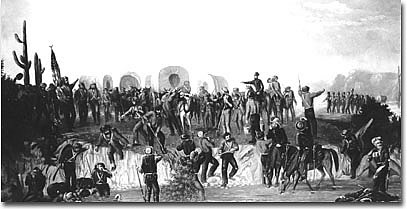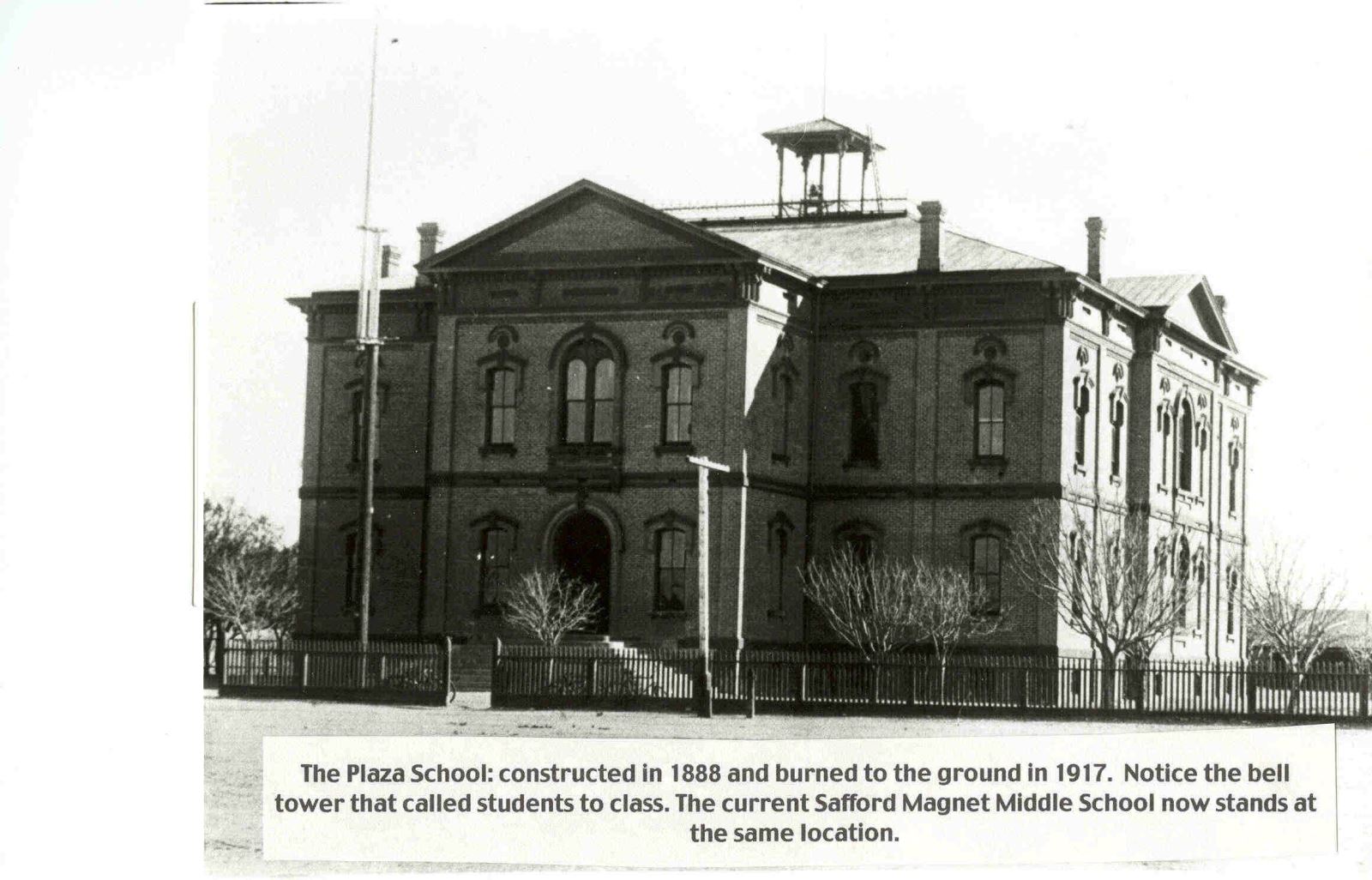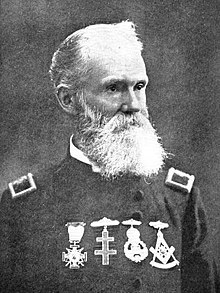Armory Park is a neighborhood park located at 222 S. 5th Ave., Tucson AZ 85701. The park is open from 7AM-10PM.
Park History
The park was originally apart of Camp Lowell, which would later be renamed to Fort Lowell in 1879, until in 1913 when the park's present day location was used for the construction of an armory. This was the first armory in the state of Arizona and was originally named Military Plaza and opened in 1914. Military Plaza was later renamed to Amory Park which is its current name. The armory, with castle-like features, had a basement rifle range, a main floor used for military drills, and offices on an upper floor. The main floor was also used for practice by University of Arizona basketball players. The armory building was demolished in 1975 when a new armory was built elsewhere in Tucson.
Armory Park Center

The Armory Park Center is located in Amory Park and offers a wide range of Senior activities. The center is open Monday-Friday from 9AM-4:30PM for Senior activities only. Activities include chair yoga, fitness dance class, indoor walking, loteria, billiards, BINGO, Wii bowling, table tennis, arts and crafts, ceramics, and story sharing. A senior activity card is required to participate in these activities. Meals are also served to Seniors age 60 or older between 3-4PM.
Park Amenities
The park includes many amenities such as horseshoes, bocce, picnic tables, drinking fountains, and restrooms.
The Mormon Battalion
A monument in the park is dedicated to the Mormon Battalion who were the first major Anglo-American intrusion into Tucson who passed by during the Mexican-American War. This battalion was apart of Stephen Watts Kearny's Army of the West and was led by Colonel Philip St. George Cooke to open a wagon road from Santa Fe to California. They entered Tucson on December 16, 1846. The Mormon Battalion raised the first American flag in Tucson before the Gadsden Purchase of 1853.

The battalion was about 360 forces strong as it passed into Tucson. On their march towards Tucson on November 1846, the battalion engaged in their only battle which was against wild cattle that attacked them near the San Pedro River. This battle would humorously be named the "Battle of the Bulls" and the battalion continued west towards Tucson. This was where a Mexican force was garrisoned at Fort Tucson of about 200 men strong. Capitan of the Mexican Forces Antonio Comaduron decided to withdraw his forces realizing that he was outnumbered by the Mormon Battalion. This allowed the battalion to pass into Tucson without any fighting as the Mexican forces retreated to San Xavier. Colonel Cooke moved his forces into Tucson with muskets loaded and bayonets affixed but reminded his troops of an order given on December 13, 1846:

"We came not to make war against Sonora, and less still to destroy an unimportant outpost of defense against Indians. But we will take the straight course before us and overcome all resistance. But, shall I remind you that the American soldier ever shows justice and kindness to the unarmed and unresisting; the property of individuals you will hold sacred - the people of Sonora are not our enemies."
The Mormon Battalion entered Tucson with no fighting and showed their friendly intentions as they traded locals cloth, buttons and pins for meat and bread as the soldiers were low on food. The battalion took a small amount of wheat left behind by the Mexican garrison, about 2%, and left Tucson peacefully.
Spanish American War Memorial
Memorial dedicated in memory of those who served in the Spanish American War.
World War I Memorial

Memorial dedicated to those who served during World War I.
World War II Memorial
Memorial dedicated with great reverence to those who served to maintain freedom during World War II. The Tucson Arizona World War II Memorial honors service members from Tucson and Pima Country who gave their lives during this conflict. The compass on the Memorial symbolizes that this war was fought from every direction around the world.
Park Neighborhood
The neighborhood surrounding the park, Armory Park Historic District, is considered architecturally significant because it illustrates the transition in architectural styles after the arrival of the railroad in Tucson in 1880. Tucson was largely a Mexican village with few Anglo-American settlers until the completion of the second transcontinental railroad system in 1880. This led to railroad men taking residency around Armory Park leading to the construction of new buildings which contributed to a mixture of architectural styles in the area.
In the early 1900s a trolley was constructed around the neighborhood which played an important role in the development of Armory Park. The trolley gave residents access to the business district, social activities, churches, and the University of Arizona.

In 1888 the Safford School building was constructed in the Armory Park neighborhood district and was originally called The Plaza School. The site was brick Victorian of two stories until it burnt down in 1917 and was rebuilt and was reopened the school it is today. The school was renamed in honor of former Governor A.P.K Safford. Governor Safford's picture still hangs in the school's lobby to this day.
Many important people lived in the Armory Park area of Tucson including Henry Trost who arrived in 1898, George J. Roskruge who arrived in early 1874, and Territorial Senator Eugene F. Ives who built his home in 1908.
George J. Roskruge

George James Roskruge was the Surveyor General of Arizona Territory from 1896 to 1897. Roskruge is considered a city pioneer who held many prominent positions such as city engineer, county surveyor, chief draftsman for the Surveyor General of Arizona, President of the Tucson Board of education, and member of the Arizona Board of Regents. Roskurge was an expert rifleman and is called the "father of Masonry" in Arizona.
References
https://www.tucsonaz.gov/parks/ArmoryPark#ParkAmenities
https://www.tucsonaz.gov/parks/ArmoryCenter
https://www.tucsonaz.gov/files/preservation/ArmoryParkHRD1996_Amend_2_Significance.pdf
https://en.wikipedia.org/wiki/Capture_of_Tucson_(1846)


